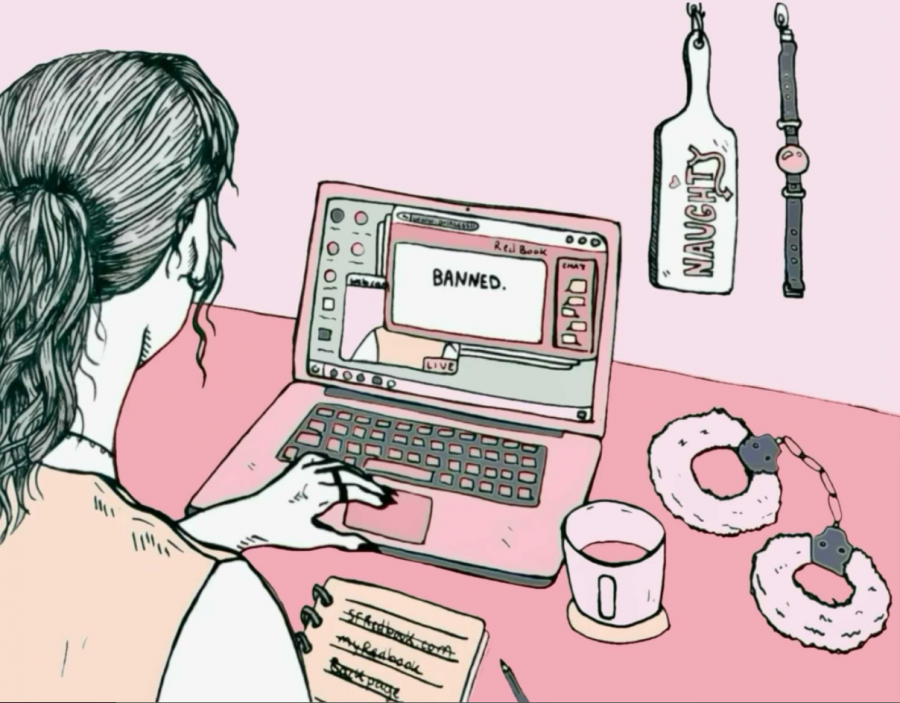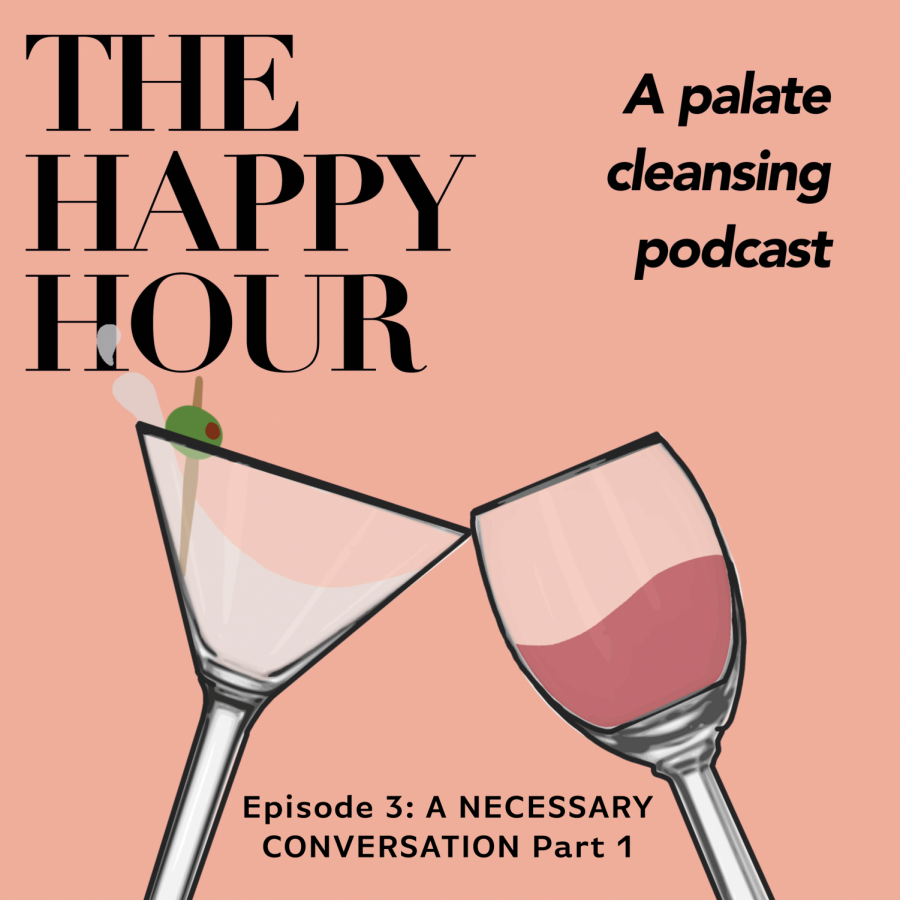The healing process for the victims and witnesses of the traumatic bombing of Hiroshima is a never-ending battle. But at a recent event on campus, Masaya Nemoto commended the merit that a simple storytelling can have on the process.
By the end of Stories of Hiroshima, hosted by SF State’s Dilena Takeyama Center for the Study of Japan and Japanese Culture in the J. Paul Leonard library Tuesday, April 1, the audience had placed more value in storytelling – warning future generations not to let history repeat itself.
The evening began as local photographer and filmmaker Kathy Sloane shared her film, “Witness to Hiroshima,” which focused on a Japanese soldier’s experience at Hiroshima. The film followed Keiji Tsuchiya’s experience as a soldier aiding the residents of Hiroshima after the bomb through watercolor paintings.
The film, highlighting an emotional analogy between bomb survivors and horseshoe crabs gasping for their ultimate sip of water, left the audience in a reverent silence.
Following Sloane’s work, Nemoto, ethnographic researcher and professor at Tokyo’s Hitotsubashi University, led a discussion on the healing process these survivors have experienced through storytelling.
“(Telling these stories) is more than a process for actual healing, it’s a pursuit for and realization of responsibility,” Nemoto said of the survivors sharing their stories with future generations.
“What happens when we ask our kids ‘Do you know what August 6 means?’” asked Jack Daniki, a Hiroshima survivor, or hibakusha. Daniki spoke of the life-altering atomic bomb dropped by the United States on Japan in World War II.
The event was attended by 35 people including hibakusha and their relatives, SF State students, faculty, members of the Japanese-American community and social activists.
When the floor opened for questions, an audience member asked Nemoto if the physical, psychological and social adversity faced by hibakusha paralleled the victims of the Fukushima nuclear disaster in 2011.
“It places even more power and responsibility for humans to push away violence and bring peace to the world through storytelling,” Nemoto said. “We are turning silent sufferers into messengers for peace.”
Breaking the silence is often a daunting task, said Nemoto.
“I’ve interviewed people who have refused to speak,” he said. “I know a lot of people still harbor a lot of anger.”
When Jon Funabiki, director of the center, called for the last question of the evening, Haruka Sawada, a SF State student from Japan and recipient of the Dilena Takeyama scholarship, asked what she could do to help hibakusha and others share their stories.
Funabiki offered her the opportunity to participate in the Peace Lantern Ceremony, held in Berkeley around the anniversary of the bombing.
He also suggested participating in After The Disaster: A Student Storytelling Project. The project will begin in June and offer three journalism students and three Japanese students the opportunity to learn and produce stories on how residents of the Fukushima region are coping with the aftermath of the disaster.
“There are ways other than words to share your experience,” said Sloane. “Sometimes words are the hardest.”







